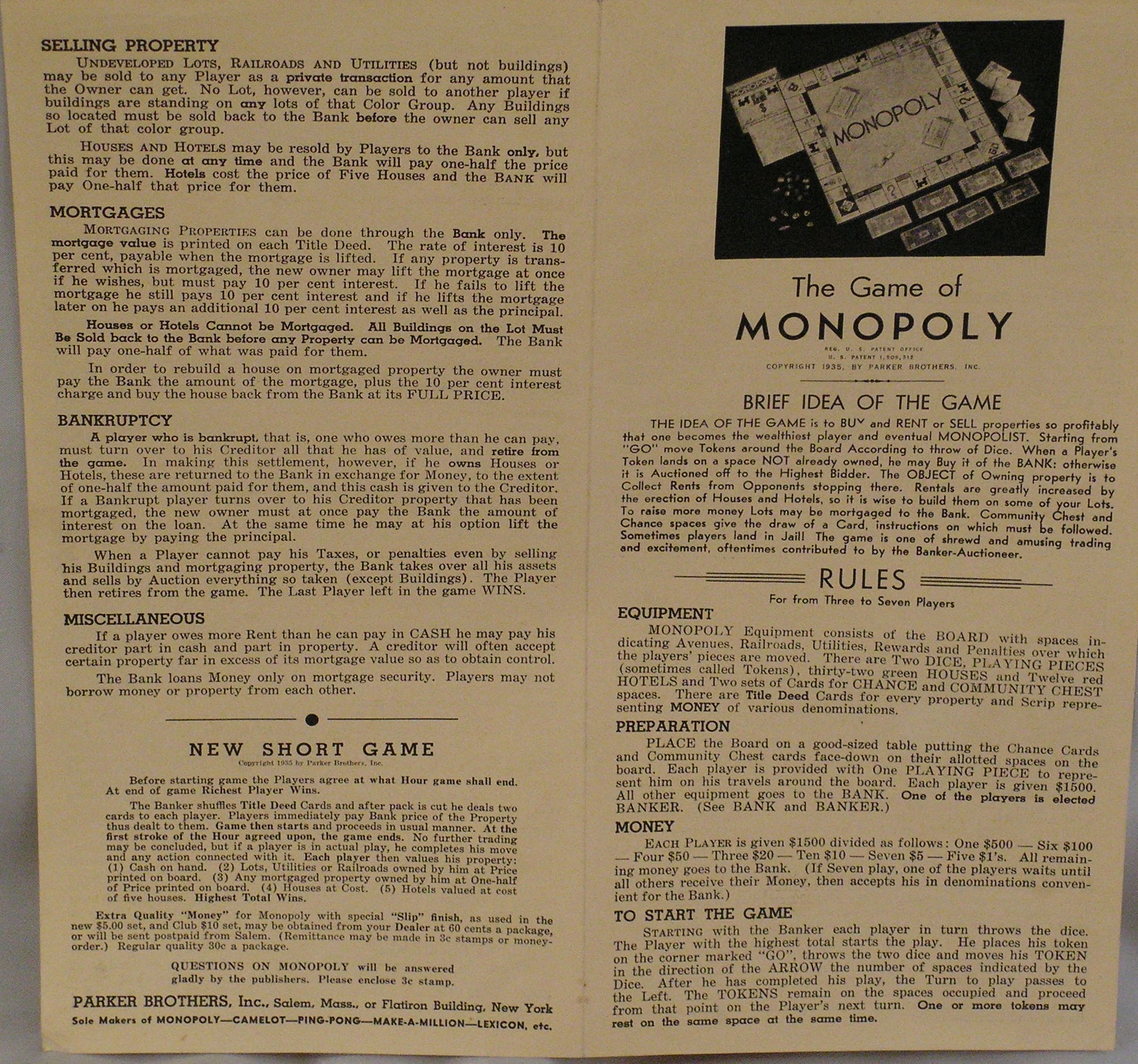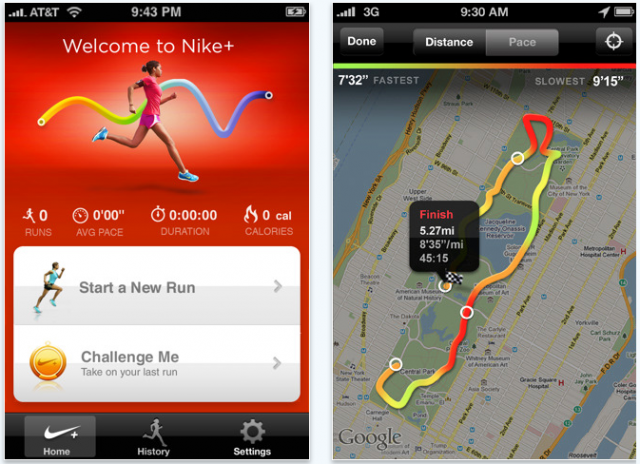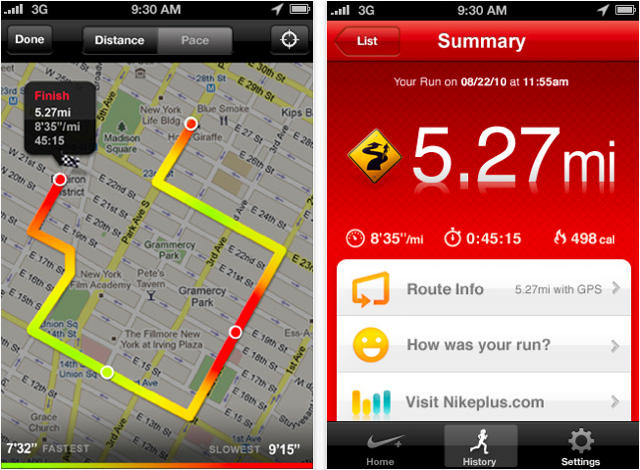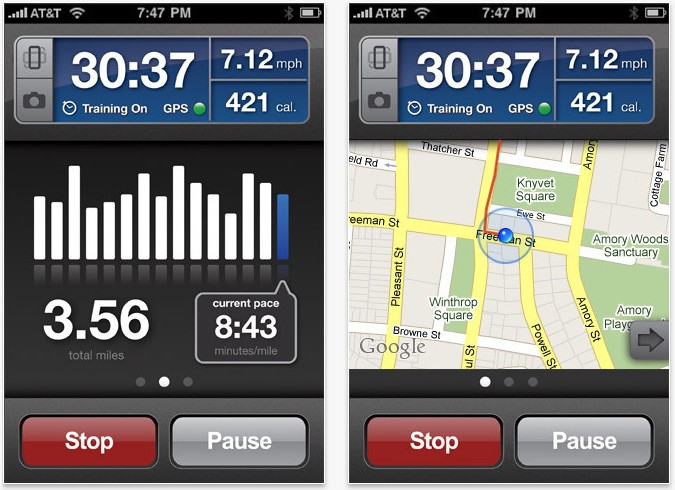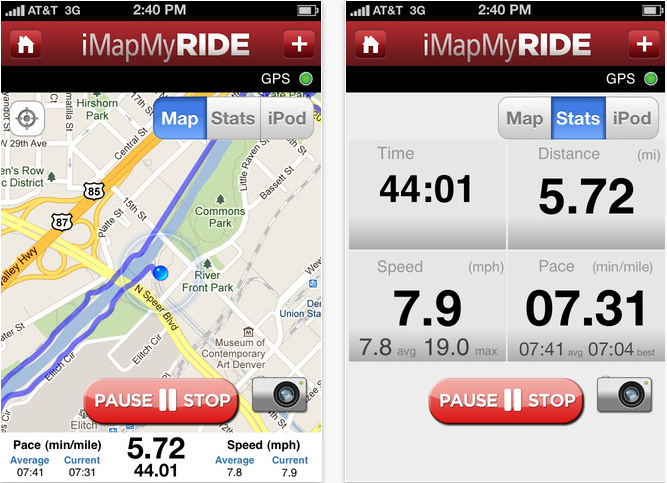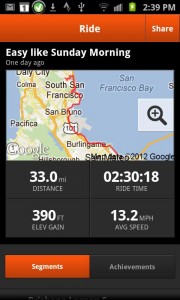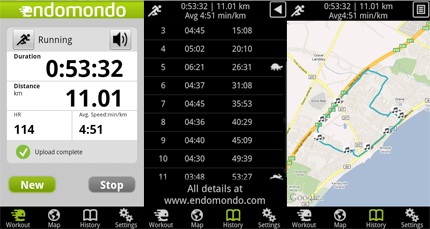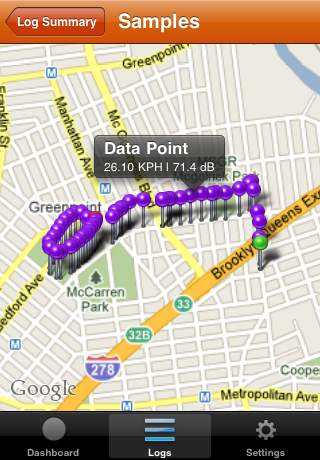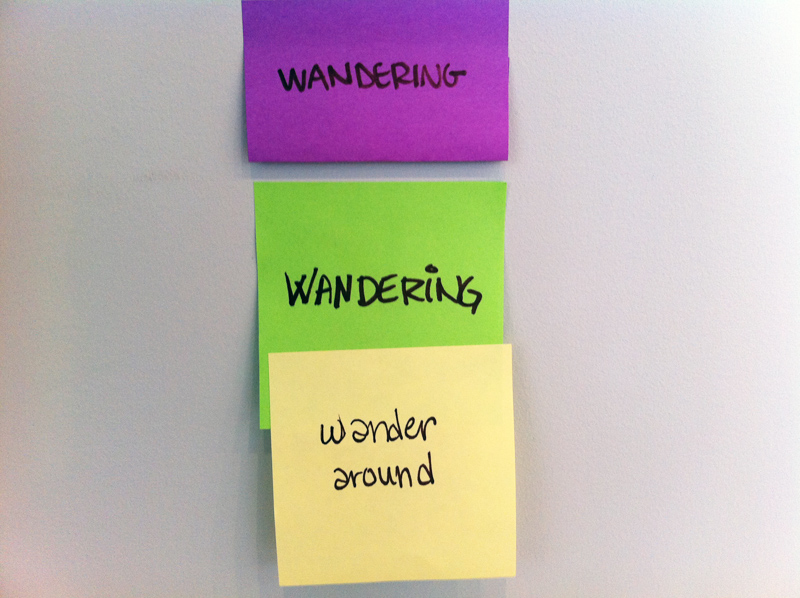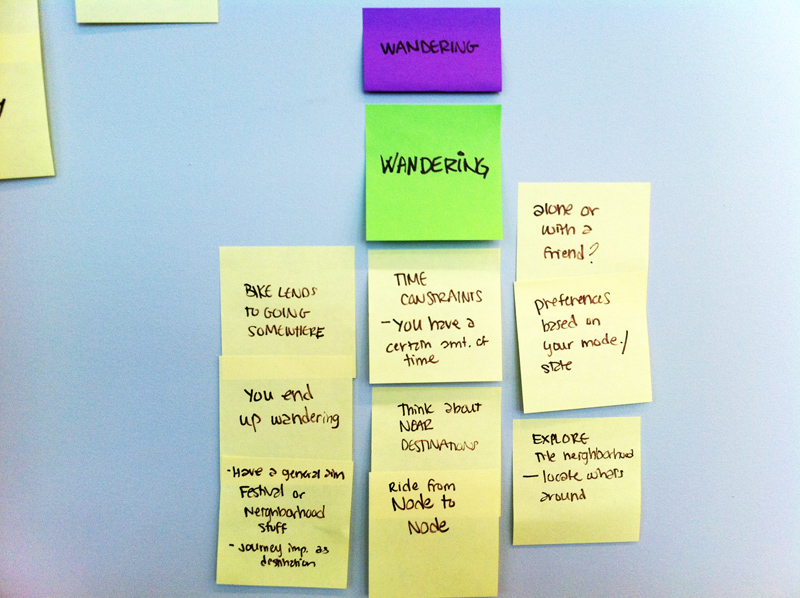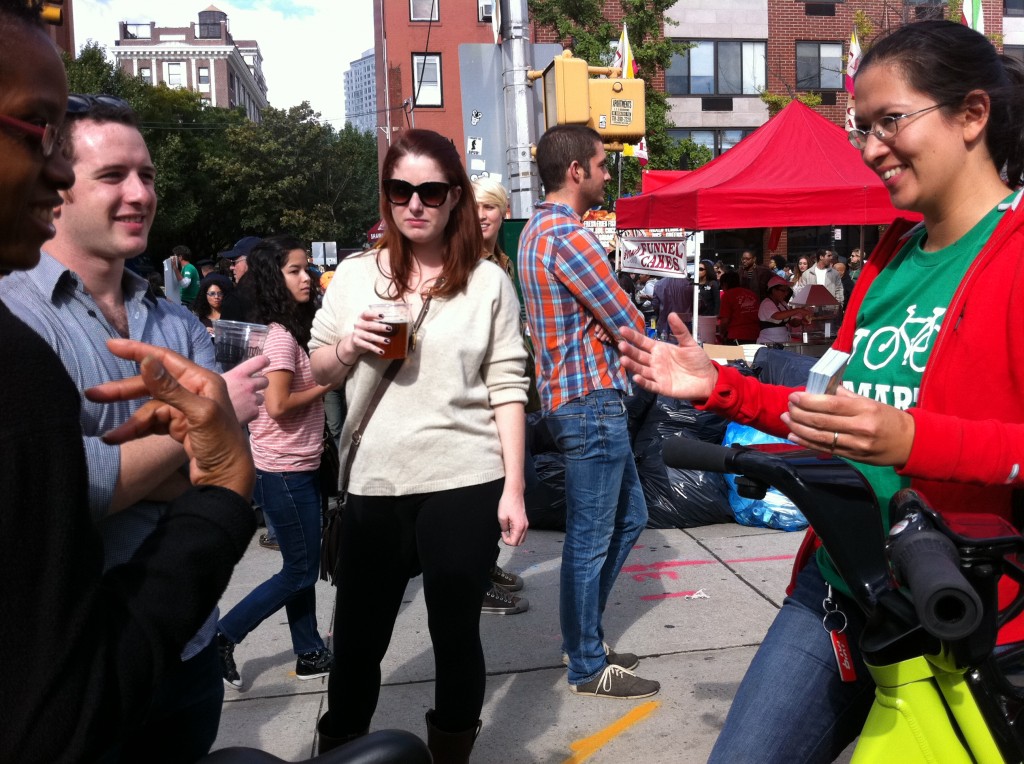The Department of Transportation has gathered some interesting stats on New Yorkers’ bike habits. The Commuter Cycling Indicator shows a 8% increase between 2010 and 2011, and that commuter cycling more than doubled from 2007 to 2011, in just 4 years. Check out more interesting stats on ridership, and how it has developed at the different typical commuter locations (the bridges, the Hudson River Greenway etc) in this pdf: NYC Commuter Cycling Indicator.
Category Archives: Contextual Research
How to Write Game Instructions
As we’ve been narrowing in on the mechanics of game challenges, I’ve been researching and learning about how to write great game rules. Here is a rough framework to work from:
NAME OF THE GAME
designer, date, number of players, suggested age, average length
1. Make the narrative clear, outline the objective/goal
2. Materials needed, Equipment
3. Instructions for setting up, Preparation
4. How to win (winning condition)
5. Rules (from general to specific and special cases)
6. Tell players what they can do
7. End of the game victory conditions
The article, How to write rules without confusing people, this forum, and monopoly are helpful resources for writing game instructions.
Tracking Apps Tested
Behavior Change and Motivation
Changes are hard to make. Whether it’s changing your diet or turning your transit mode from the subway to biking, we as humans we need other people to hold us accountable and help us adjust to new habits. That’s why behavior change comes best through the support of community. On the last jaunt with strangers that ride bikes, Tour de Taco, this is something that I learned, again. While each biker was on the group ride for various reasons, some were there to get back into biking. I talked with two specific bikers that previously pedaled to work, but had stopped, for their own respectable reasons. They both confessed, in their own words, that they came to get their butts on their bikes again. Basically, they forced themselves to be surrounded by a lot of people doing the very thing they wanted to be doing.
We previously launched the King of Two Wheels. We’re challenging four contestants within a community of 30 SVA IxD grad students to bike more than usual for one week, track their miles on a shared map, discover new parts of the city and to recruit others to join them. The King of Two Wheels will be our first experiment with learning how people are motivated to ride. Through it, we hope to get people talking about and doing more biking, while gaining insights into their habits, tips and tricks, and motivations.
We put out eight challenges within the week of the contest. Along with these, we had multiple strategies to get them motivated and biking more:
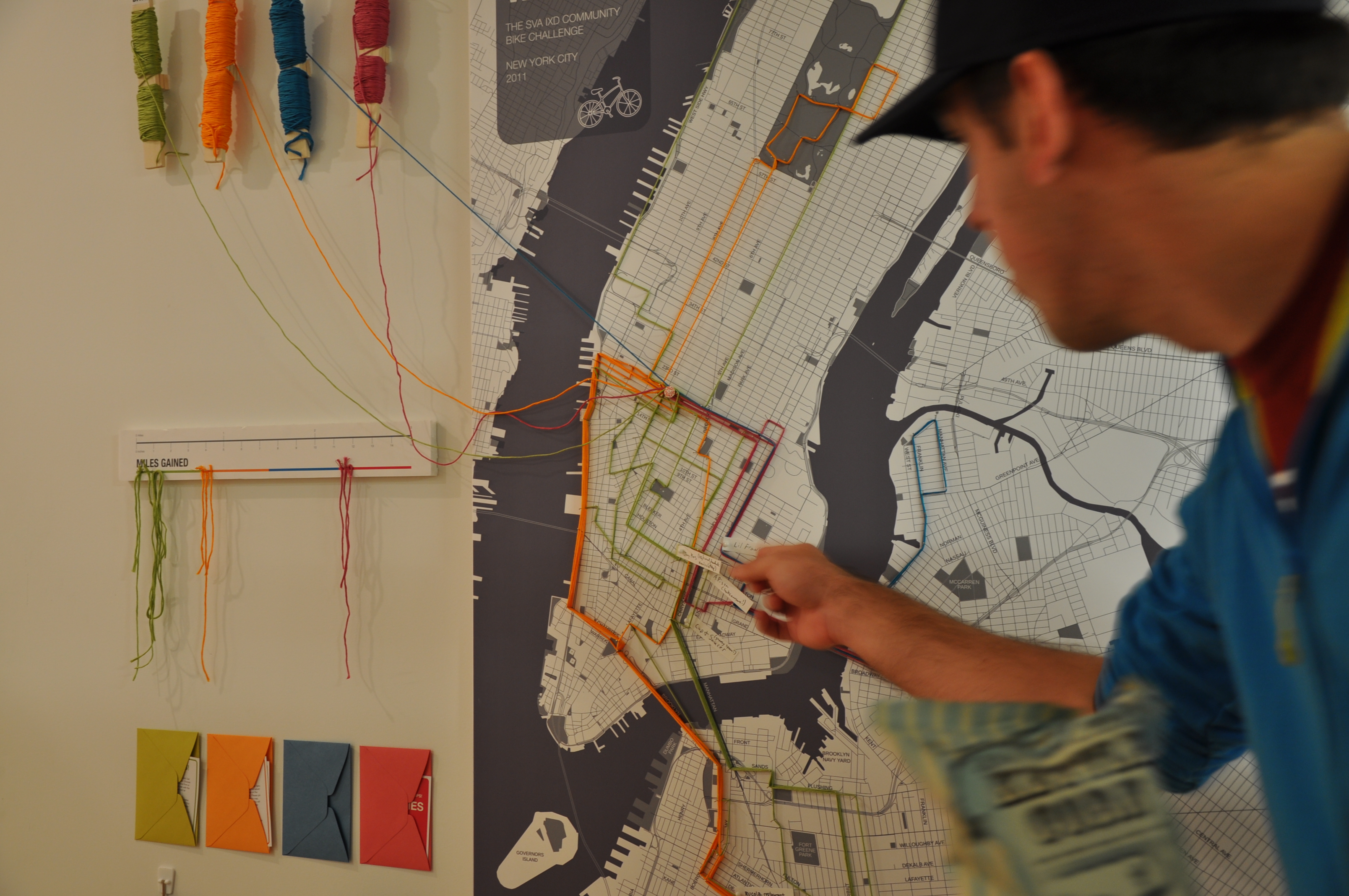 Map rides on a shared map to document progress and compare achievements.
Map rides on a shared map to document progress and compare achievements.
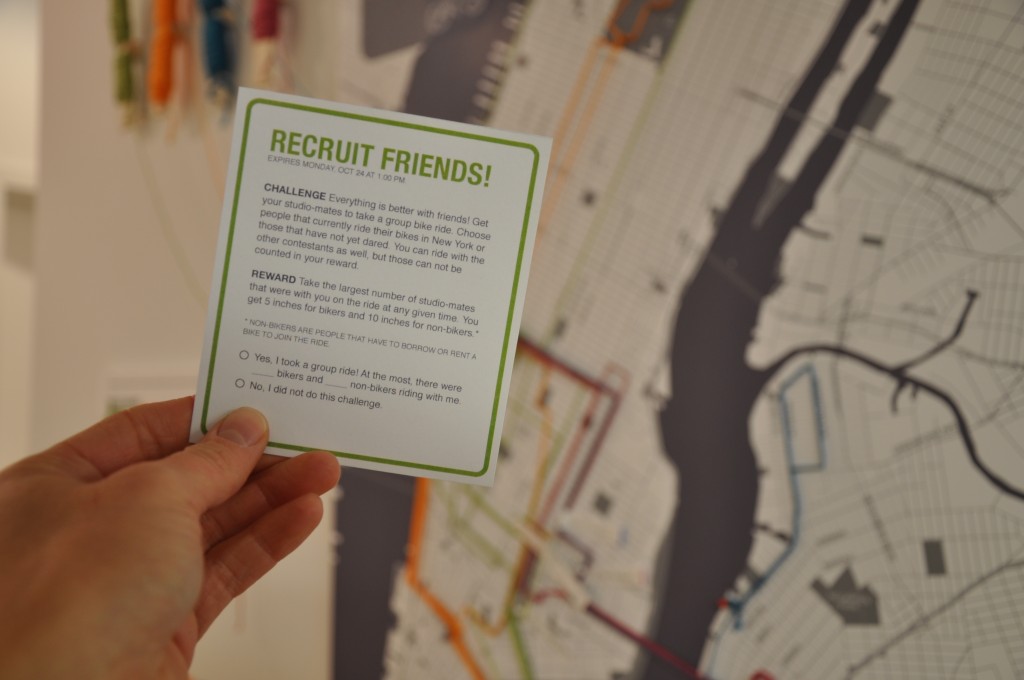 Prompt riders to recruit friends to get the community involved organically.
Prompt riders to recruit friends to get the community involved organically.
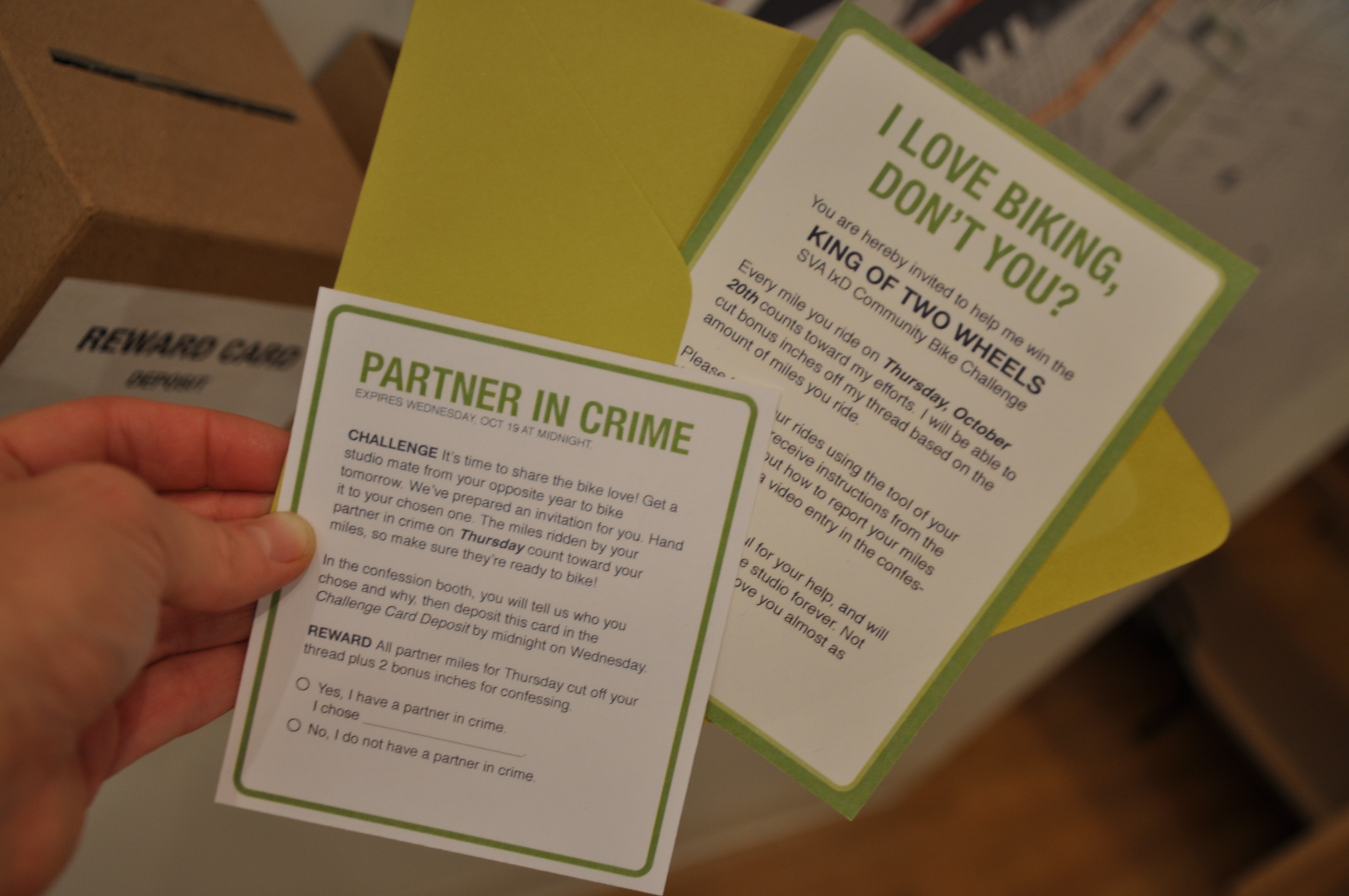 Invite riders to get a team mate for the day.
Invite riders to get a team mate for the day.
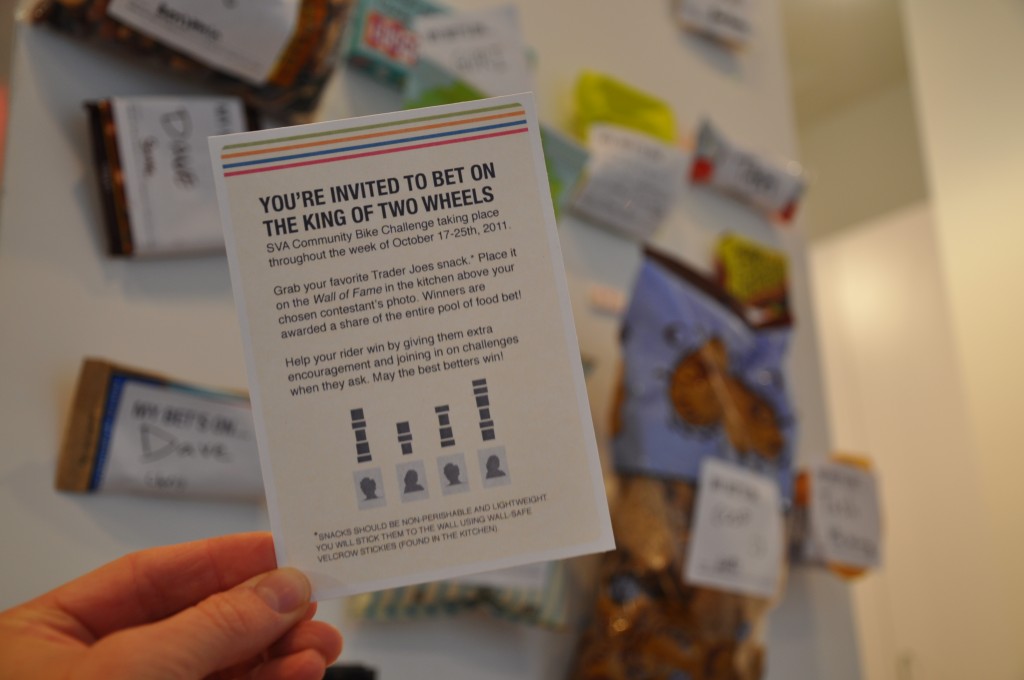 Invite the community to bet on their chosen contestant to win
Invite the community to bet on their chosen contestant to win
 …and using the bets as a visual bar chart display in a common area.
…and using the bets as a visual bar chart display in a common area.
Wandering
Following up on Frank Chimero’s suggestion about having two buttons – one to get lost, and one to not get lost, we’ve been thinking a bit about the possibility to encourage wandering and discovering new areas with your bike. When we did our post-it analysis last week, we tried our best to make sure we emphasized this opportunity by making a high level purple category for it:
But then we realized, as much as we like this feature, neither Carrie or I are often “getting lost” on purpose with our bikes. We mainly ride from A to B, and try our best to not take any detours. We might simply not be the target audience for such a feature, and have no real insight into how the “bike wanderers” behave. So we went around to ask our classmates if they possibly could fill us in… All of a sudden the Wandering category had a lot more content:
From this we learnt two things; something about wandering specifically, but also something about our process. We need to talk to people sooner rather than later – let’s do some interviews!
Bike Sharing for NYC
Bike sharing is coming to the Big Apple, and New Yorkers are excited! This is not completely fresh news, but is still very exciting. The other weekend, Kristin and I went to check out the system. Alta, the company that will be installing and managing the bike share, and the New York Department of Transportation were hosting a live demo on Atlantic street. For less than $100, you can become a member and use the shared bikes at no charge all year around. Ride times will be limited to 30-45 minutes to encourage short commutes rather than using the bike to the explore the city all day. The city aims to co-exist with the thriving bike rental businesses that are currently in New York, rather than overriding them. In my opinion, the system seems quite impressive. It’s been rolled out in multiple cities including Boston, DC and Melbourne, and for the most part has been a success.
But, we had two main questions. What about the helmets? And, what are you doing to help guide people that don’t normally bike around the city? Our reason for asking these questions is because we’re exploring a helmet as the physical interface with a digital bike companion. With that, one of our main intentions is to help people better discover the cities in which they live via bike.
Because New York does not mandate bicycle helmets, the bike share system will not require riders to wear them. Though, they may offer some kind of discount to help people purchase their own helmets. As for helping riders find their way around the city, each docking station will have a cycling map posted.
Undoubtedly, potential lies in considering a product that can be used by bike sharers (New Yorkers and tourists) and regular commuters alike. There is yet to come a good solution for helmets and guiding discovery within the current bike share systems.
